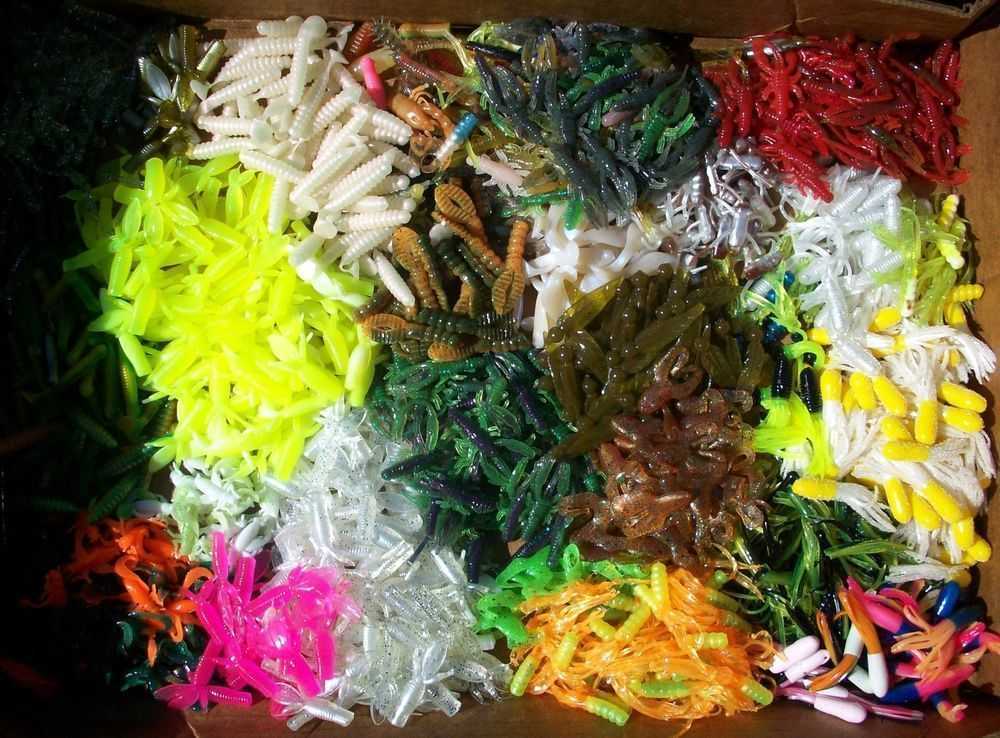Nick Creme had a vision. He reasoned that if fish ate worms, they could be fooled into thinking that one made out of soft plastic was good to eat. Anglers chuckled at Nick’s idea. After all, one could get all the real worms he wanted to fish. Few visionaries ever imagined this simple entry into the world of soft plastics would mushroom into an endless array of products. Still fewer of these crystal-ball experts ever expected that soft plastics would change the entire picture of artificial baits in saltwater.
Today’s plastic worms are a significant departure from Nick Creme’s original concept. They come in countless sizes and colors with an assortment of tail designs tailored to give them the ultimate action. From striped bass to tarpon, it’s hard to name a species that cannot be taken on a properly rigged and presented plastic worm. Just to prove it could be done, I put a plastic worm in front of a Pacific sailfish and got an instant strike and hook-up.
Virtually every natural bait has been replicated in soft plastic. On the offshore grounds, soft plastics can be used for teasers and dredges or they can be trolled with hooks in them. They boast enough flash molded into the bodies to attract predators from a considerable distance. There are an impressive number of shrimp imitations, crabs in various sizes, eels and all the small fish replicas you can pack in a tackle box.
Soft plastics have countless uses on the inshore grounds. You can certainly fish them without any weight or stream a leadheaded bucktail with a soft plastic worm or any other plastic configuration. A plain leadhead with a plastic tail will also catch fish. If you’re a fan of a popping cork, you can hang a soft plastic on a hook a couple of feet behind the cork and a seatrout or other denizen will have no trouble finding it. When I fish a weedless spoon for redfish, I hang a relatively short plastic tail on it. This helps reduce the sink rate and causes the spoon to hover more above the bottom.
One trick that often works centers on rigging a short leader and hook just forward of a plug. Put a soft plastic lure on that extra hook. It then appears as if the plug is chasing something. Predators have trouble resisting an attack on one critter trying to eat another. Frequently, the strike will come on the soft plastic and not the plug.
Soft plastics should be an important part of the artificial lure selection you carry and use. They can be fished alone or hung on another artificial to make it more appealing. When it comes to colors, carry an assortment of light and dark. Worms, for example, range from fluorescent green to an eel-like black. If you decide to change colors, make it a major variation. Soft plastics work well on almost any species of gamefish you encounter on the inshore or offshore grounds.
With a little experience, you will learn which ones work for you. Once you start believing they will catch fish, the results will confirm you are right.
